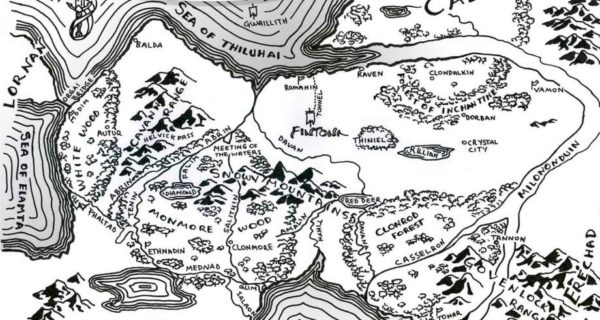My first novel is a children’s fantasy adventure initially penned (literally) when I was 13, in a series of used copybooks lying on the garage roof. It was revised in 2012 and self-published.
***
Opening under the war-torn skies of WWII Britain, Joshua Douglas discovers a ring that transports his sister, Tess, and himself into a bright and wild world called Fantasy. There, they learn that they have been prophecied for generations, and are expected to preserve Fantasy from an evil invasion.
A crafty wizard instantly kidnaps Tess, hoping to divert the children from their task, forcing Joshua to rush from forests to glades to pick up his fabled weapons, prepared for him by a mystical ‘Ringmaster’, the land’s creator. With the help of a burning horse, he rescues his sister, defeats the wizard and rushes back in time to join the great battle for the freedom of Fantasy.
‘The Ring of Fantasy’ is a ticket to a wonderland of talking animals, beautiful creatures and plenty of fast-paced action, held together by the bond between two children, fired by humility.
A Spiritual Journey
More than a child-hero, Joshua is on a curious and crucial quest; he incarnates a Christ-figure clad in the armor of God with a quest no smaller than the fate of the entire world. His acceptance of and cooperation with requests greater than his weakness brings about the happy salvation of the world of Fantasy, another central theme to the story.
The genre of fantasy has come under much attack and abuse over the last century, turned toward the pornographic, the occultic and the wierd. The lines between good and evil are blurred, and good is replaced by strange or amoral figures. Through his characters, the author is on a quest to reconquer that strange and mysterious realm that lies just beyond reason and before faith.
More than any other genre, fantasy and fairy tales are the oldest and most important of tale-telling, since in their truest forms, they deal with spiritual realities, incarnating them in forms fantastic and tangible to a child’s mind. For this reason, ‘The Lord of the Rings’ and ‘The Chronicles of Narnia’ stand head and shoulders over the competition; inspired by the deeply symbolic and relevant truths of the Catholic Faith, they peel back the veil of greywash on our world and reveal the highly-contrasted reality of the spiritual realm.
And this is where ‘The Ring of Fantasy’ strikes a welcome chord; the lines are drawn between beauty, enchantment and goodness against uglinesss, barbarism and dark magic. The invading armies despise beauty, committed to a creed of destruction and colusion with evil.
Once again, the Magnificat shines through as God’s preferred plan to put down the mighty from their thrones and exalt the humble. It is through Joshua and Tess, children from a different world, that the will of the Ringmaster is brought into effect, similar to Joan of Arc, David and Goliath, Mary the Mother of God.
Deep Connections
From the beginning, the story hits home on a number of levels that speak to a child’s deepest thoughts. Most children feel themselves caught between the vast and unpredictable pressures of the grown-up world, oftentimes bewildered and scared at their own inability to provide solutions. The realm of play, and fairy tales, is a chance to escape into a fantasy where solutions are possible, where they are wanted and hoped for, where bravery and courage bring about hopeful and happy change. This escapism brings relief and direction, shoring up the child’s mental and spiritual resources for adulthood.
This satisfying psychological journey is painted with the contrasted brushstrokes of the best fairy tales. It is set against a backdrop of bright beauty and dark ugliness, where the reward for evil is death, and beauty and goodness are welcome companions.
The story was initially written when the author was thirteen, drawing inspiration from The Chronicles of Narnia, the Lord of the Rings, the Book of Revelation and fairy tales. Over the years, it has been mildly re-edited, and a greater focus laid on enhancing the beauty and latent religious themes.
A deeply committed Catholic and book-lover, the author Dominic de Souza was born in New Zealand, raised in Australia, studied in Fiji and France, and now lives in the United States. At eighteen, he graduated a course at the Writer’s Institute for Children’s Literature for Journalism and Writing for Children. He currently works as a freelance graphic designer and illustrator. He is recently married to his wife, Maria.
The style is written simply and directly, making it an easy-reader for young ages, and great for reading aloud to children from 4 to 11.
Learn more about the book and purchase from Amazon here.
